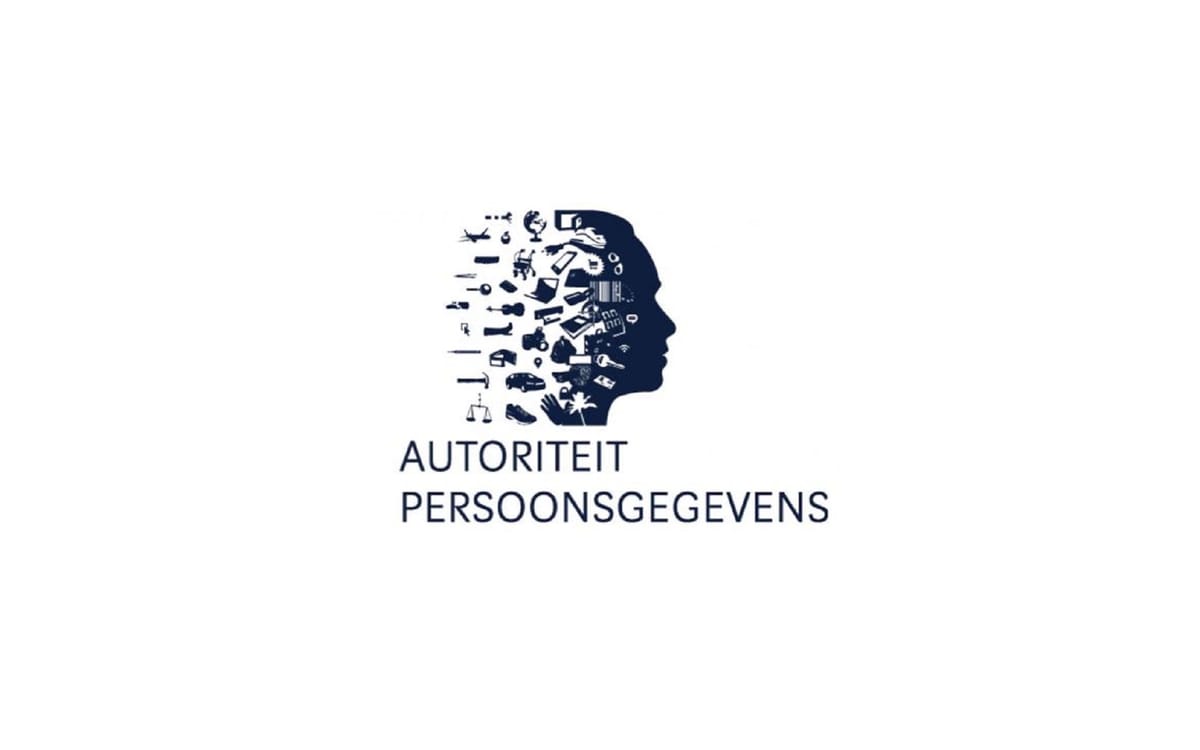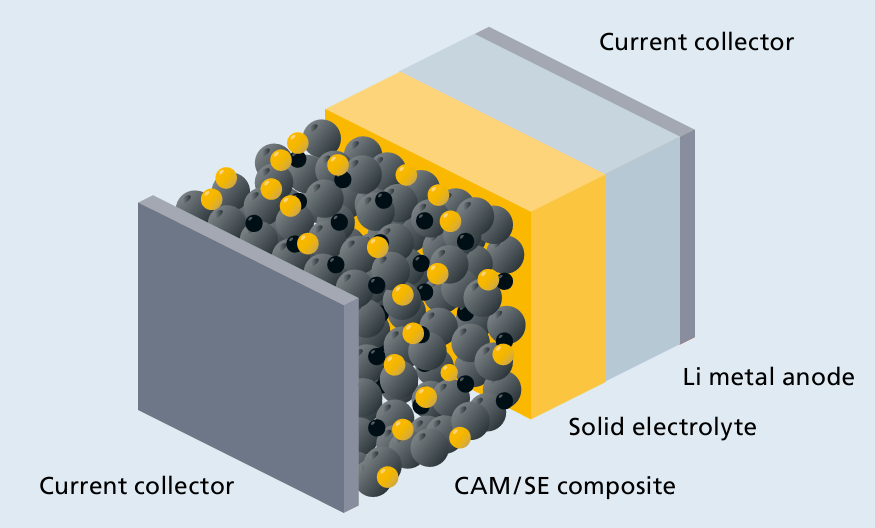Dutch regulator seeks feedback on AI social scoring prohibition – PPC Land

Report on AI Social Scoring Regulation and Sustainable Development Goals
Executive Summary
A 2025 consultation by the Dutch Data Protection Authority (DPA) on artificial intelligence (AI) systems for social scoring has identified significant risks to fundamental rights and sustainable development. The findings indicate that such systems, even when operating within the EU AI Act, risk perpetuating discrimination and undermining efforts to achieve SDG 10 (Reduced Inequalities). Respondents concluded that transparency measures are insufficient to prevent unfair outcomes, highlighting the need for robust regulatory oversight to build effective and accountable institutions, in line with SDG 16 (Peace, Justice and Strong Institutions). The AI Act’s prohibition of certain social scoring practices, effective August 2, 2025, is a critical measure to mitigate these risks.
AI Governance and its Impact on SDG 10: Reduced Inequalities
Prohibition of Social Scoring to Mitigate Algorithmic Discrimination
The EU AI Act’s Article 5(1)(c) directly addresses the threat of algorithmic discrimination by prohibiting AI-enabled social scoring that leads to detrimental treatment. This legislative action is a direct contribution to achieving SDG 10.3, which aims to ensure equal opportunity and reduce inequalities of outcome.
- The prohibition applies universally across public and private sectors, preventing the classification of individuals based on social behavior or personal characteristics in ways that could lead to exclusion.
- Evidence from reports such as the 2024 “Blind voor mens en Recht” illustrates how automated systems in the Netherlands have already led to discriminatory outcomes in fraud detection, disproportionately targeting specific demographic groups.
- The consultation confirmed that automated assessments can perpetuate social inequality, creating a significant barrier to the social and economic inclusion mandated by SDG 10.2.
Perpetuation of Systemic Disadvantage
The consultation highlighted research demonstrating that social scoring systems can create self-reinforcing cycles of disadvantage, directly opposing the principles of SDG 10.
- Individuals receiving low scores face diminished opportunities, making it progressively harder to recover from negative assessments.
- This pattern is particularly relevant for commercial applications, such as AI-driven advertising or credit systems, where biased classifications can restrict access to essential services and economic opportunities.
- The Dutch research report “Tussen Ambitie en Uitvoering” provided extensive evidence of this phenomenon in social security administration, where algorithmic risk profiling led to systematic disadvantages for individuals with migration backgrounds.
Strengthening Institutions for Algorithmic Accountability (SDG 16)
Regulatory Frameworks and Enforcement
The Dutch DPA’s consultation is part of a broader European effort to establish effective, accountable, and transparent institutions for AI governance, a core target of SDG 16.6.
- National data protection authorities across the EU are developing frameworks to implement and enforce the AI Act, ensuring a coordinated approach to protecting citizens’ rights.
- The German data protection authorities published comprehensive AI development guidelines in June 2025, establishing clear technical and organizational requirements for the entire AI lifecycle.
- These regulatory actions demonstrate a commitment to upholding the rule of law in the digital sphere, ensuring that technological advancement does not come at the cost of fundamental rights.
Ensuring Access to Justice and Human Oversight
A key finding was the critical importance of mechanisms allowing individuals to challenge algorithmic decisions, which supports SDG 16.3 (promote the rule of law and ensure equal access to justice for all).
- The consultation emphasized that meaningful human intervention, as required by GDPR Article 22, is often undermined by cognitive biases such as automation bias and the WYSIATI (What-You-See-Is-All-There-Is) problem.
- Respondents stressed the need for Explainable AI (xAI) and robust processes for human review to contest outcomes from automated systems.
- The Dutch DPA’s active enforcement history, including fines for data transparency and consent violations, signals a strong institutional commitment to protecting individuals from algorithmic harm.
Economic and Commercial Implications Aligned with SDG 8 and SDG 9
Impact on Inclusive Economic Growth (SDG 8)
The prohibition on social scoring has significant implications for commercial sectors, particularly marketing, where AI is used for personalization and audience segmentation. Preventing discriminatory classifications ensures that technological progress supports, rather than hinders, the goal of inclusive economic growth as outlined in SDG 8 (Decent Work and Economic Growth).
- AI systems that classify individuals in ways that reduce their access to certain products, services, or financial opportunities could violate the AI Act.
- Marketing organizations must now carefully evaluate their use of lookalike modeling and propensity scoring to ensure they do not lead to detrimental treatment that exacerbates economic inequality.
Fostering Responsible Innovation (SDG 9)
The AI Act’s regulatory framework encourages a shift towards responsible and sustainable innovation, consistent with the principles of SDG 9 (Industry, Innovation, and Infrastructure). By setting clear boundaries, the regulation guides the development of AI that is ethical and aligned with societal values.
- Organizations are required to conduct risk assessments, implement algorithmic audits, and maintain human oversight to ensure compliance.
- The prohibition on social scoring is a fundamental constraint that forces a re-evaluation of business models reliant on evaluating individuals, pushing the industry towards less intrusive and more equitable technologies.
Key Regulatory and Research Timeline
- February 26, 2024: The Dutch report “Tussen Ambitie en Uitvoering” was published, providing evidence of algorithmic discrimination in social security systems.
- May 2025: Denmark became the first EU member state to complete national implementation of AI Act requirements.
- June 3, 2025: The Dutch DPA published consultation responses on the necessity of meaningful human intervention to prevent algorithmic harm.
- July 18, 2025: The European Commission released guidelines on the obligations for general-purpose AI models under the AI Act.
- August 2, 2025: The AI Act’s prohibition on social scoring under Article 5 entered into application, marking a critical step towards achieving SDG 10.
- 2025: The Dutch DPA released its full consultation summary on AI social scoring, highlighting persistent risks of discrimination and inequality.
Analysis of SDGs, Targets, and Indicators
1. Which SDGs are addressed or connected to the issues highlighted in the article?
-
SDG 10: Reduced Inequalities
The article’s central theme is the risk of AI-enabled social scoring systems perpetuating and exacerbating social inequality. It explicitly states that “automated assessment mechanisms perpetuate rather than mitigate social inequality” and that algorithmic risk assessment in fraud detection has “disproportionately targeted specific demographic groups, leading to systematic disadvantages.” This directly addresses the core mission of SDG 10 to reduce inequality within and among countries.
-
SDG 16: Peace, Justice and Strong Institutions
The article extensively discusses the development and enforcement of legal frameworks (the EU AI Act, GDPR) and the role of institutions like the Dutch Data Protection Authority (DPA) in regulating AI. It highlights the importance of creating “effective, accountable and transparent institutions” to oversee technology. Furthermore, the emphasis on providing individuals with “mechanisms that mitigate such risks, including the possibility to challenge outcomes” directly relates to ensuring access to justice.
-
SDG 5: Gender Equality
While not the primary focus, SDG 5 is relevant because the article discusses discrimination based on “personal characteristics” and “protected characteristics.” Algorithmic bias often disproportionately affects women and other marginalized groups. The regulations and safeguards discussed, such as prohibiting systems that lead to “detrimental or unfavorable treatment,” are essential for protecting all demographic groups, including on the basis of gender, from technologically-driven discrimination.
-
SDG 8: Decent Work and Economic Growth
The article notes that social scoring can lead to individuals with low scores facing “increasingly limited opportunities” and “reduced access to certain products, services, or opportunities.” This has direct implications for economic inclusion and access to employment, as mentioned in the context of “employment screening.” Preventing such algorithmic barriers supports the goal of promoting inclusive economic growth and productive employment for all.
-
SDG 9: Industry, Innovation and Infrastructure
The article is fundamentally about the governance of a key innovation: Artificial Intelligence. It describes the efforts of European authorities to create a regulatory environment (the AI Act, German AI development guidelines) that fosters responsible innovation. The concerns raised by industry groups about competitiveness show the tension between regulation and industrial development, which is a core aspect of achieving sustainable industrialization and innovation under SDG 9.
2. What specific targets under those SDGs can be identified based on the article’s content?
-
Target 10.3: Ensure equal opportunity and reduce inequalities of outcome, including by eliminating discriminatory laws, policies and practices.
The EU AI Act’s Article 5(1)(c), which prohibits AI-enabled social scoring, is a direct example of legislation designed to eliminate a discriminatory practice. The entire consultation by the Dutch DPA is aimed at effectively implementing this policy to ensure equal opportunity.
-
Target 16.6: Develop effective, accountable and transparent institutions at all levels.
The article details the actions of the Dutch DPA and German data protection authorities in establishing guidelines, conducting consultations, and preparing for cross-border enforcement of the AI Act. This demonstrates the development of institutional capacity to govern complex technologies like AI effectively and transparently.
-
Target 16.b: Promote and enforce non-discriminatory laws and policies for sustainable development.
The article’s focus on the implementation and enforcement of the AI Act’s prohibition on social scoring is a clear example of this target in action. The discussion of fines for non-compliance (e.g., against Netflix) and the immediate effect of the social scoring prohibition on August 2, 2025, underscores the commitment to enforcement.
-
Target 5.b: Enhance the use of enabling technology… to promote the empowerment of [all people, including] women.
The article addresses the flip side of this target by focusing on mitigating the risks of technology. By regulating AI to prevent it from becoming a tool for discrimination and disempowerment, policymakers are working to ensure that technology develops in a way that is safe and beneficial for all, which is a prerequisite for empowerment.
-
Target 8.5: By 2030, achieve full and productive employment and decent work for all…
The article implies a connection to this target by highlighting that biased AI systems could create barriers to economic participation. By prohibiting social scoring systems that result in “reduced access to… opportunities,” including potential employment, the regulation helps protect equal access to the job market.
3. Are there any indicators mentioned or implied in the article that can be used to measure progress towards the identified targets?
-
Existence of legal and regulatory frameworks to prevent discrimination.
The article is centered on the EU AI Act and national implementation guidelines (e.g., in Germany and Denmark). The existence and enforcement of these frameworks serve as a primary indicator of progress towards eliminating discriminatory practices (Target 10.3) and enforcing non-discriminatory laws (Target 16.b).
-
Number of enforcement actions and independent audits of AI systems.
The article mentions the Dutch DPA’s “active enforcement of digital regulations” and highlights respondents’ emphasis on the need for “independent audits.” Tracking the number of audits conducted and enforcement actions taken against non-compliant AI systems would be a concrete indicator of institutional effectiveness (Target 16.6).
-
Availability of mechanisms for redress and challenging automated decisions.
The article stresses the importance of “mechanisms allowing individuals to challenge outcomes” and references GDPR Article 22, which gives individuals the right to contest automated decisions. The establishment and accessibility of these redress mechanisms are key indicators of access to justice (part of SDG 16).
-
Adoption of transparency and explainability techniques in AI systems.
The consultation findings noted the importance of “Explainable AI (xAI) techniques.” The rate of adoption of such techniques by organizations, particularly in marketing and other sectors mentioned, can be an indicator of progress towards more responsible and transparent innovation (related to SDG 9).
-
Documented cases of algorithmic discrimination.
The article refers to the 2024 report “Blind voor mens en Recht,” which documented cases of discrimination in social security. Monitoring and reducing the number of such documented cases over time would be a direct indicator of progress in reducing inequalities of outcome (Target 10.3).
4. Create a table with three columns titled ‘SDGs, Targets and Indicators” to present the findings from analyzing the article.
| SDGs | Targets | Indicators |
|---|---|---|
| SDG 10: Reduced Inequalities | 10.3: Ensure equal opportunity and reduce inequalities of outcome, including by eliminating discriminatory laws, policies and practices. |
|
| SDG 16: Peace, Justice and Strong Institutions |
16.6: Develop effective, accountable and transparent institutions at all levels.
16.b: Promote and enforce non-discriminatory laws and policies for sustainable development. |
|
| SDG 5: Gender Equality | 5.b: Enhance the use of enabling technology… to promote the empowerment of all women and girls. |
|
| SDG 8: Decent Work and Economic Growth | 8.5: Achieve full and productive employment and decent work for all… |
|
| SDG 9: Industry, Innovation and Infrastructure | 9.5: Enhance scientific research, upgrade the technological capabilities of industrial sectors… encouraging innovation. |
|
Source: ppc.land
What is Your Reaction?
 Like
0
Like
0
 Dislike
0
Dislike
0
 Love
0
Love
0
 Funny
0
Funny
0
 Angry
0
Angry
0
 Sad
0
Sad
0
 Wow
0
Wow
0


















































.jpg.webp?itok=0ZsAnae9#)





/environment-climate-change-and-health-(ech)/water-sanitation-hygiene-and-health-(wsh)/landfill-tuvalu-36092.tmb-1200v.jpg?sfvrsn=5c21fe40_1#)
















